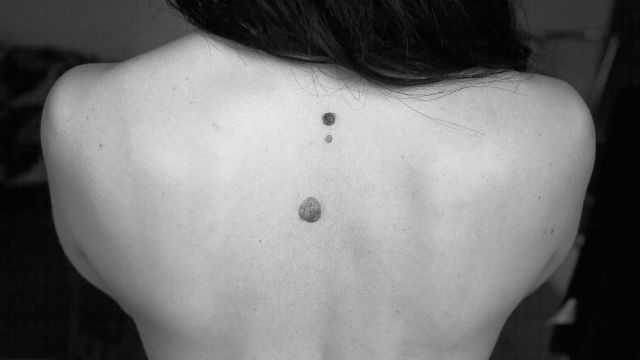Squamous cell carcinoma (SCC) is the second most common form of skin cancer, after basal cell carcinoma. It is also known as cutaneous squamous cell carcinoma (cSCC). The word cutaneous is a clinical term that means “related to the skin” and is used to distinguish cSCC from other squamous cell cancers, like certain types of head and neck cancers, and lung cancers.
What is a squamous cell?
The term squamous is derived from a Latin word for “the scale of a lizard or fish.” These cells are flat, and when viewed under a microscope, bear a likeness to fish scales. In addition to the outer layers of the skin, squamous cells are found in the inner linings of the airways, hollow organs, and parts of the digestive tract.
What areas of the body are affected by cSCC?
This type of skin cancer usually occurs on areas of the skin that are regularly exposed to UV radiation from sunlight or artificial light, such as the light from a tanning booth. The face, scalp, ears, neck, hands, arms, and legs are areas of the body commonly affected by cSCC. But this type of cancer can occur on any area of the body, including skin that has not been damaged by the sun.
What does cSCC look like?
The appearance of cSCC can vary, and any skin lesion should be looked at by a healthcare provider. The appearance of cSCC can include:
- Brown spots that look like age spots.
- Patches of rough, red, scaly skin.
- Ulcers or open sores, including sores that develop in old scars, and sores that do not heal or come back.
- Firm growths (sometimes described as “dome-shaped”).
- Wart-like growths, and horn-like growths that protrude from the skin (sometimes described as looking like a “rhinoceros horn”).
Skin cancer can also cause symptoms such as itching, soreness or tenderness at the affected area, numbness, and a pins-and-needles sensation.
Can cSCC spread to other areas of the body?
In most cases of cSCC, the cancerous cells only occur in the skin, but this type of cancer can metastasize. In a small percentage of cases, cSCC spreads to lymph nodes and other sites in the body. It’s estimated that a few thousand people in the United States die each year from cSCC.
What are the treatment options for cSCC?
Like with other forms of cancer, treatment for cSCC is individualized, and takes into account a number of factors about the cancer and about the patient. The majority of cases of cSCC are found at an early stage, and the cancer can be removed. The method for removal will depend on the size and location of the cancer. Commonly used treatments include:
- Curettage and electrodesiccation, where the cancer is scraped away with a spoon-like surgical instrument and the surgical wound is cauterized with electricity to kill off remaining cancer cells.
- Laser surgery, where intense beams of light are used to destroy cancerous growths.
- Cryosurgery, where the cancer is destroyed by freezing it with liquid nitrogen.
- Photodynamic therapy (PDT), which uses a light-activated drug to destroy cancer cells.
- Topical chemotherapy, which uses chemotherapy drugs that are applied directly to the skin.
- Excisional surgery, where the growth is removed with a scalpel. The surgeon will also remove some healthy tissue around the growth, to ensure that all cancer cells have been removed.
- Mohs surgery, where the cancer is shaved away one layer at a time, with each layer examined under a microscope. The surgeon stops when they arrive at a layer that shows no cancer cells.
- Radiation therapy may be used a follow-up treatment after excisional surgery, to kill off remaining cancer cells. Radiation therapy is also used in the rare cases where cSCC cannot be surgically removed or has spread to other areas of the body. In cases where cSCC has spread to other areas of the body, treatment will also involve systemic therapy, such as chemotherapy, targeted therapy, or immunotherapy.
Preventing skin cancer from recurring is another focus of treatment, and a healthcare provider will discuss preventive measures like avoiding sunlight, wearing a broad-spectrum sunscreen, self-exams, follow-up screenings, and quitting smoking.






